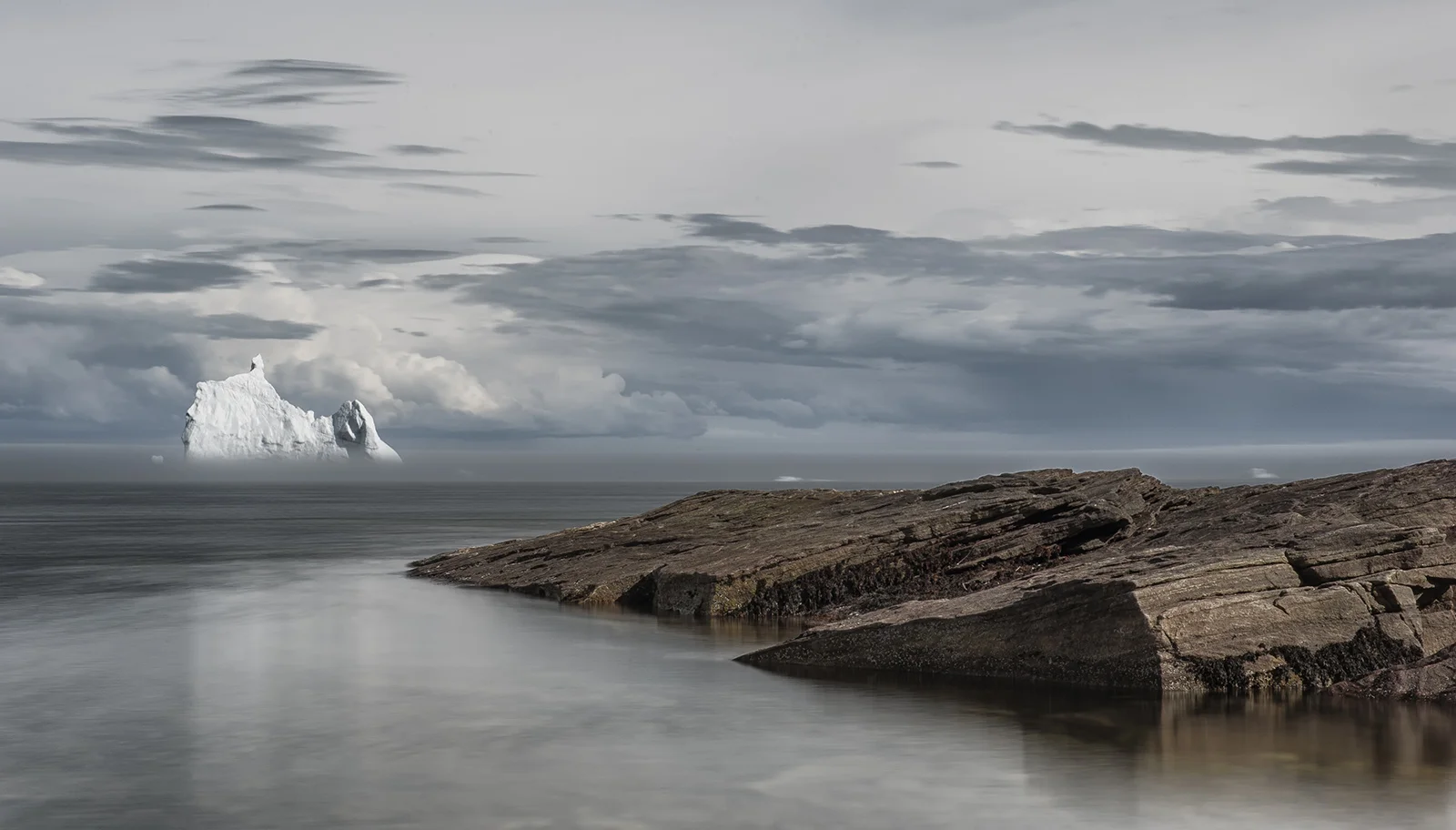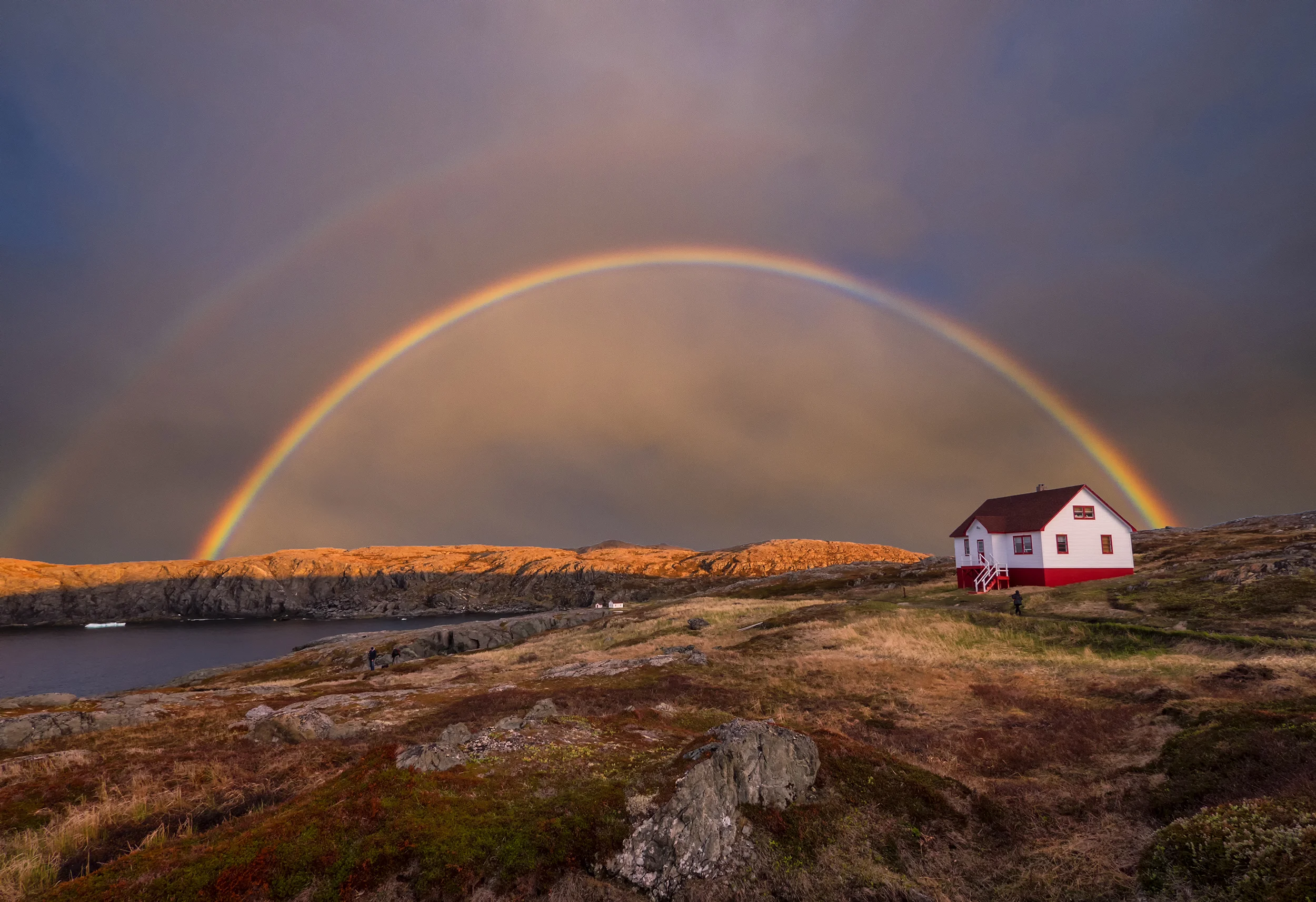Highlights of my annual trips to Newfoundland... Part One
This blog deals with some of the highlights we see on my annual Newfoundland trips every summer.
When I lead trips to Newfoundland, we go to the famous locations, but I also take you off the beaten path on hidden roads I have uncovered through the years of guiding trips to one of Canada’s photographic gems.
One of the favourite locations we visit is Gros Morne National Park. Gros Morne National Park of Canada was designated a UNESCO World Heritage Site in 1987. It took Mother Nature 485,000,000 years to mold Gros Morne National Park into the geological and visual wonder we know today.
It is the second largest National Park in eastern Canada, Gros Morne National Park stretches across 1,805 square kilometres of western Newfoundland as part of the towering Long Range Mountains.
Gros Morne is framed by tiny seaside communities, and encompassing forests, freshwater fjords, bogs, barren lowlands, moose, and striking cliffs and shorelines, this area is also world-renowned for its complex geology. It was here that geologists proved the theory of plate tectonics. The Tablelands, a mountain of flat-topped rock of a kind usually found only deep in the earth’s mantle, is a truly awe-inspiring sight.
Together we will take a stroll along the trail to Western Brook Pond, over marshland draped in butterworts, great sundew, orchids, dragon's mouth, and pitcher plants. At the end of your walk, hop aboard a boat tour taking you through the fjord.
You'll can also get to sail close enough to feel the spray on your face from some of the highest waterfalls in eastern North America.
The tours I lead are not just about the ancient land… When it comes to viewing icebergs, this is one of the best places in the world. On a sunny day, view these 10,000-year-old glacial giants from many points along the northern and eastern coasts – in every shape and size. With colours ranging from snow-white to the deepest aquamarine, these cathedrals of ice are on their last leg of their journey as they float down the eastern coast of Newfoundland.
Its taken them two years to get here from the arctic or the Greenland shelf… and with me you will be able to photograph them form land, and by boat.
Despite their arrival from the Arctic every spring, the awe of them remains new, year after year. Their sheer size sends the mind racing, and that's not even counting the ninety-percent still unseen below the surface. It was these types and sizes of bergs that sank the infamous Titanic, a mere 400 miles from the Newfoundland coast.
The best time to view icebergs is in the spring and early summer, and that’s whey we are going in early June… the optimal time for viewing.
Iceberg Alley is an area stretching from the coast of Labrador to the northeast coast of the island of Newfoundland. Some of the more popular places from shore, or from tour boats, are (from north to south): St. Lewis, Battle Harbour, Red Bay, Point Amour, St. Anthony, La Scie, Twillingate, Fogo Island, Change Islands, Bonavista, St. John's/Cape Spear, Bay Bulls/Witless Bay, Cape St. Mary's and St. Vincent's.
All of these locations are accessible by road. The first four, which are on the coast of Southern Labrador, can be accessed by car ferry from the island of Newfoundland year round. Our location for optimal viewing is near St. Anthony’s… and to make it even better, we will be staying many nights at a converted lighthouse on a private island at the very north east point of Newfoundland. From here we can sit and drink our coffee on the huge deck that overlooks the icebergs that float just off the coast line for our own private viewing.
L’Anse Aux Meadows and Quirpon Island… one of my favourite areas in Newfoundland.
Norse Sagas have spoken about it for centuries. But whether it was merely myth or folklore, had long been debated. That is, of course, until the discovery of a small cloak pin in 1968 by archaeologists Helge and Anne Stine Ingstad. This proved that Leif Erickson and crews of Norse explorers settled here in Newfoundland and Labrador (or Vinland as they called it) over a thousand years ago.
In 1978, L’Anse aux Meadows National Historic Site became part of the United Nations Educational, Scientific and Cultural Organization (UNESCO) World Heritage Sites as the first and only authenticated Norse site in North America.
Today, a visit to the site can transport you back to where Vikings once stood. Perched on the tip of the Viking Trail, it’s a place where mystery still mingles with the light and washes over the strange, captivating landscape.
Right around the corner from here lies Quirpon… a favourite every year for viewing icebergs and whales… where land meets the open sea, whales, icebergs, endless seascapes and our very own lighthouse awaits.
Quirpon, the most north eastern point of Newfoundland where the icebergs that travel for up to two years to get down to iceberg alley are first seen in off the coast of Newfoundland.
My groups stay at our very own lighthouse inn on a private island. You have complete access to the entire island at any time of day. Here you will be photographing some incredible seascapes, Gannet colonies, puffins if the colony has returned, humpbacks and icebergs.
Each day we will take a boat out onto the water to track down these bergs as they flow past the island. We want you to get up close and personal with these cathedrals of ice. On these three days we will have 6 hours of private Zodiac time at our disposal.
Our stay for these three nights is at the Quirpon Lighthouse Inn. Quirpon (pronounced kar-poon) offers a unique island experience at a 1922 light-keeper’s home on the shores of ‘Iceberg Alley’. Fully restored, Quirpon Lighthouse Inn features ten beautiful rooms at the base of a still-operating lighthouse and is a Registered Heritage Building.
Located off the northernmost tip of Newfoundland, Quirpon is the province’s best location for viewing icebergs as the Labrador Current carries them south. Quirpon Island boasts the longest iceberg-viewing season in Newfoundland, with the last melting in the fall during a good year.
Whales are constant companions off the shores of Quirpon, often coming close enough to the rocks to be touched. Whale experts ascribe this phenomenon to the underwater topography and ample food supply. In addition to Humbacks and Minke - the presence of which is virtually inevitable - you may spot as many as 27 more species, including Orca, which are being spotted with increasing frequency around Quirpon Island despite becoming a rarer sight elsewhere in Newfoundland.
But one can never forget the lower east coast of Newfoundland. Towns like Trinity, Bonavista, Hearts Content and Cavendish, these are just a few locations that await if you travel with me to the other side of the island.
Come back Friday and I will discuss where we go when I travel to those locations...
If you want to see the tours I lead to this area of Newfoundland, please check out my page dedicated to all my Newfoundland trips operated by Akari Photo Tours.



